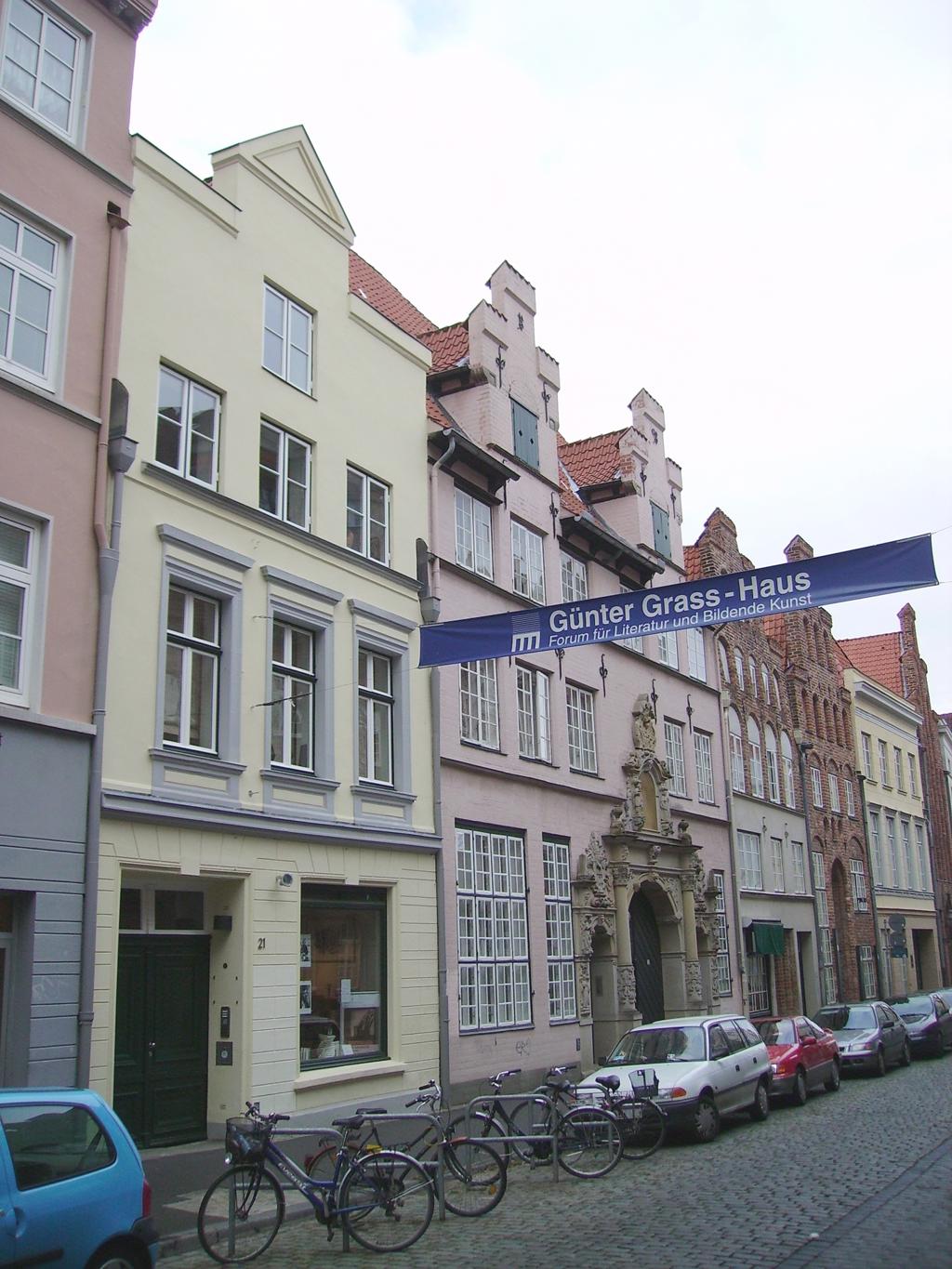About Günter-grass-haus
The Günter Grass House, nestled in the historic city of Lübeck, is a vibrant cultural center dedicated to the life and work of the Nobel Prize-winning author and artist. The building itself, a charming example of traditional North German architecture, invites visitors to explore the multifaceted legacy of Grass. Inside, the atmosphere is one of creativity and reflection, with rooms filled with manuscripts, sketches, and personal artifacts that offer a glimpse into the mind of one of Germany’s most influential literary figures.
Opened in 2002, the Günter Grass House serves as both a museum and a forum for contemporary art and literature. It stands as a testament to Grass’s profound impact on German culture and his commitment to addressing social and political issues through his work. The exhibits are designed to engage visitors with Grass’s diverse talents, showcasing not only his literary achievements but also his prowess as a visual artist, with numerous drawings and sculptures on display.
Life's Journey: Günter Grass
Günter Grass, born in 1927 in the Free City of Danzig (now Gdańsk, Poland), was a towering figure in post-war German literature. His most famous work, "The Tin Drum," is part of the Danzig Trilogy, which explores the complexities of German identity and history. Grass’s life was marked by his engagement with the political and social issues of his time, often sparking controversy with his outspoken views. The house in Lübeck reflects his journey, with exhibits that trace his development as a writer and artist, offering insights into the experiences that shaped his worldview.
Plan your perfect trip to Lübeck with Travo! Download now and start exploring.
Artistic Elements and Symbolism
The Günter Grass House is not just a repository of his works but a celebration of his artistic vision. The exhibits highlight Grass’s unique ability to blend narrative and visual art, with his drawings and sculptures providing a deeper understanding of his literary themes. The interplay between text and image is a recurring motif, inviting visitors to consider the ways in which Grass used different media to explore complex ideas. The house itself, with its blend of historical and modern elements, mirrors Grass’s own approach to art—rooted in tradition yet constantly pushing boundaries.
Living Legacy in Lübeck
Today, the Günter Grass House is a dynamic cultural hub, hosting exhibitions, readings, and workshops that continue to inspire new generations of artists and writers. It serves as a space for dialogue and reflection, encouraging visitors to engage with the social and political issues that Grass so passionately addressed. The house’s location in Lübeck, a city with a rich literary heritage, further underscores its role as a center for cultural exchange and intellectual exploration.
Hidden Stories in the Details
Exploring the Günter Grass House reveals numerous hidden stories and personal touches that bring the author’s world to life. From the meticulously preserved writing desk where Grass penned many of his works to the intimate photographs and letters that offer glimpses into his personal life, each artifact tells a story. The house’s collection of Grass’s lesser-known works, including his poetry and essays, provides a more comprehensive view of his creative output, inviting visitors to discover new facets of his legacy.
Present-Day Significance
In the present day, the Günter Grass House stands as a beacon of cultural and intellectual engagement. It not only honors the legacy of a literary giant but also serves as a platform for contemporary discourse on the issues that Grass championed. For visitors, the house offers a unique opportunity to connect with the enduring relevance of Grass’s work and to reflect on the power of art and literature to shape society. As a living museum, it continues to evolve, much like the city of Lübeck itself, bridging the past and the present in a continuous dialogue.

Map loading...
Location
21 Glockengießerstraße, 23552, Lübeck
